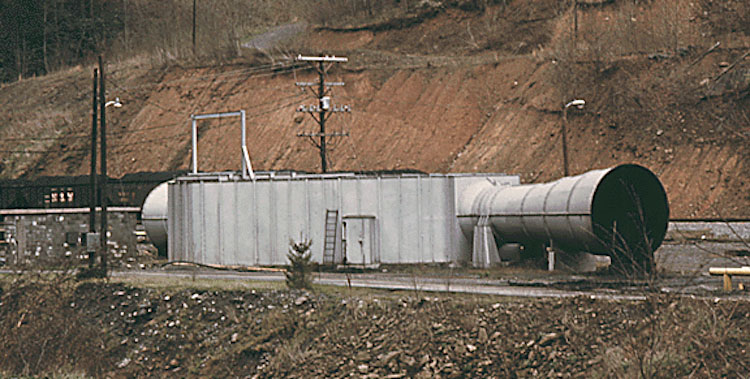By J W Jackie
RENO, Nevada, United States (IDN) – While there has been much focus on the consequences of pollution caused by vehicles and manufacturing, the effects of indoor air pollution have been neglected. Households are full of harmful chemicals including cleaning products, beauty products and gas stoves.
As these chemicals become trapped in enclosed spaces, the resultant air quality can be up to ten times worse inside than it is outside. Developing countries suffer low quality air more than wealthier nations, which is why tackling air pollution and poverty go hand in hand.
The Costs
The effects of indoor air pollution in developing countries are objectively higher than the costs of outdoor air pollution. The World Health Organisation estimates that in the worst affected nations (those in South-East Asia and the Western Pacific), there were 2.6million deaths related to outdoor air pollution compared to 3.3million deaths linked to indoor air pollution in 2012. In India, there are 1.3million deaths related to indoor air pollution, making it the second biggest killer.
70% of India’s population live in rural areas, where proper ventilation is lacking and traditional cooking methods are more common. Around half of rural households cook using firewood, while use of cow dung, coal and kerosene are also widespread. When burnt, these substances release poisonous chemicals that cause inflammation in the lungs. This can lead to asthma or even lung cancer.
Globally, air pollution is the fourth highest risk factor for the development of disease. Around half of these deaths occur in China and India, where there are high rates of fossil fuel consumption and little ventilation in rural and less developed areas of the country.
What Can Be Done
The reason the air inside homes is dirtier than outside, is because there is nowhere for the air to escape. Modern homes in developed countries deal with this using high quality ventilation and large windows. In a country such as India, this can be more difficult, due to overpopulation. With more people crammed into smaller spaces, there are more chemicals polluting the air and less opportunity for them to escape.
The solution starts with education. Many people are unaware of how dirty the air inside their homes are. Once the dangers are understood, individuals can take the initiative to store their chemical products in one place, away from living areas, and to leave windows open to allow the chemicals to escape.
On a governmental level, there needs to be incentives for individuals and businesses to switch away from traditional fuels towards eco-friendly solutions, such as LPG fuel. This can be used in vehicles, gas stoves or to heat water and generates less smoke. It is also more efficient, so more fuel is used and less is deposited into the air. By making the green energy solutions cheaper, it will help the world’s poorest to protect themselves against the health hazards of indoor air pollution.
Fighting climate change starts with helping developing countries, where a combination of traditional energy use, poor housing and overpopulation is leading to the death of millions each year. This is not a disaster that will occur in the distant future, but is happening now. Through educating about the effects of indoor air pollution, we can begin to reduce deaths. [IDN-InDepthNews – 23 October 2017]
Photo: Fan, Virginia Coal Mine Ventillation. Credit: Wikimedia Commons
IDN is flagship agency of the International Press Syndicate

